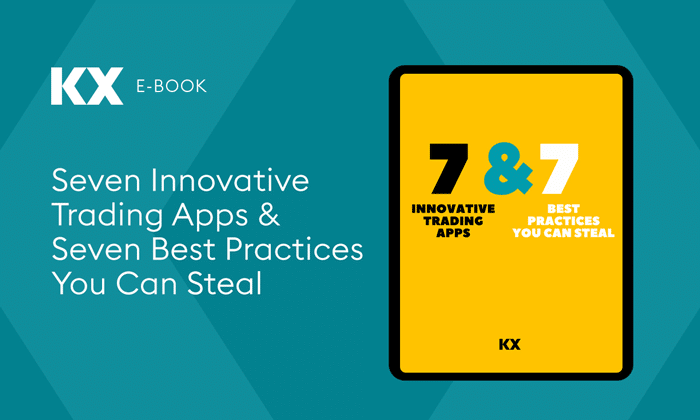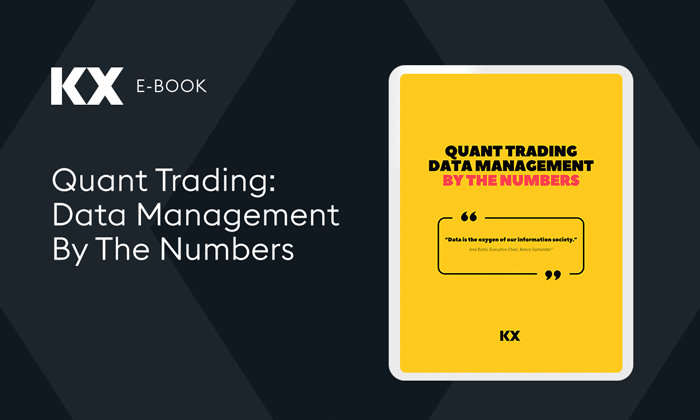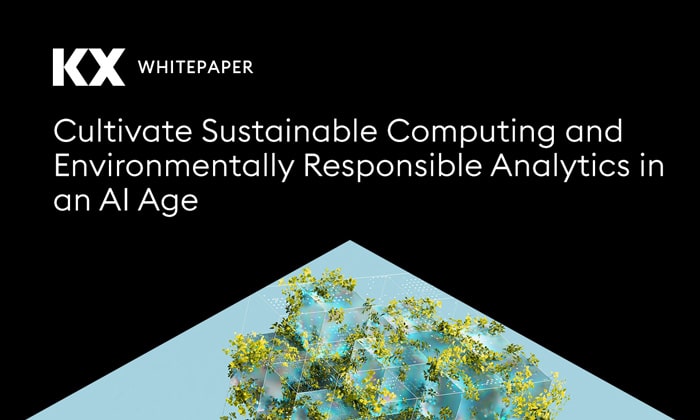While there are many hazards in the financial sector, one of the most dangerous is counterparty risk. Assessing the chance that a party may default on their transaction contract, counterparty risk can present a major threat.
Hedge funds, Tier 1 banks, and other financial institutions conduct counterparty risk assessments to mitigate this danger and protect profitability.
This article offers a guide to modeling and backtesting counterparty credit risk (CCR).
What Is Counterparty Risk?
Counterparty risk refers to the likelihood that the other party in an investment, credit, or trading transaction might fail to meet their contractual obligations and default on the agreement. This can lead to significant financial loss and reputational damage for the lender.
There are many reasons this might happen, making proactive CCR assessment an essential process. Other common terms for this process include default risk or bilateral risk assessments. CCR assessment analyzes the many factors that could cause a counterparty to default and evaluates the level of risk.
Let’s examine a real-world example.
A Quick Example of Counterparty Risk
The collapse of Silicon Valley Bank and Signature Bank in 2023 can be largely tied to poor counterparty risk analysis.
As both banks encountered financial instability, counterparties—such as depositors, financial institutions, and large clients—began to doubt the banks’ ability to meet their obligations. This loss of confidence led to massive withdrawals and a tightening of credit, exacerbating liquidity crises at both institutions. The fear of default and the interconnectedness of financial institutions further fueled the crisis, prompting regulatory intervention to prevent a bigger collapse.
All the factors leading to the banks’ downfall should have been reviewed in counterparty risk assessments.
Counterparty Risk Affects Risk Premiums
Counterparty risk significantly impacts risk premiums for larger institutions, as it directly influences their perceived creditworthiness and financial stability.
When an institution engages in transactions with counterparties that carry a higher risk of default, it faces the possibility of significant financial losses if the counterparty fails to meet its obligations. To mitigate this risk, institutions may demand a higher risk premium. A premium is the additional return required to compensate an institution for taking on increased risk.
Counterparty risk affects not only the pricing of specific transactions, but also the broader cost of capital for an institution. If the market perceives that an institution is exposed to high levels of counterparty risk, it may increase the institution’s borrowing costs. This in turn affects the institution’s overall risk management strategy and pricing of financial products.
Now let’s look at how counterparty risk is measured.
How Counterparty Risk Is Measured
It is vital to take a broad approach to measuring counterparty credit risk that includes credit ratings, financial health, and the likelihood of adverse market events that may affect the counterparty.
Measurement criteria include:
● Market risk outlook: A common process for banking institutions that includes details like CCR metrics, debt ratings, and general analysis in one assessment.
● Capital and asset resiliency: Clarifying a bank’s assets and liabilities, this helps to gauge balance sheet strength across economic cycles.
● Growth and profitability: Analyzes data on performance and its implications for long-term growth.
Effective CCR analysis includes examining risks from both sides, and this is where thorough counterparty risk models come in. Combining all of the points made above, these models can provide an accurate analysis of potential dangers. However, these risk models must be tried and tested to perform at their best. Assessing the risks is one angle, but understanding the potential types of risks is also an important consideration.
Types of Risk Related to Counterparty Risk
Assessing different types of risk is usually straightforward and focuses on the common causes of counterparty defaults. However, some issues can carry significantly more weight than others, underscoring the importance of effective CCR models.
The following risks are commonly associated with counterparty credit risk:
● General wrong-way risk: When a party’s default probability is positively correlated with general risk factors in the market.
● Rollover risk: This occurs when the projected positive exposure is underestimated, which becomes problematic when future transactions aren’t factored into the calculation for potential exposure.
● Specific wrong-way risk: A risk found in a positive correlation between exposure to a counterparty and their default probability based on the nature of their transactions.
In summary, more correlations between exposure and the probability of default can be a sign that something might go wrong down the road. Of course, this is where mitigation can save the day, but your assessment and data analysis must be accurate.
Mitigating Counterparty Risk
In the context of counterparty risk, the main mitigation methods include focusing on areas such as margin, specific contractual requirements, and cross-collateralization.
For effective mitigation, credit risk modeling must consider every relevant detail, including creditworthiness, outstanding debts, and more. An example of this in action is a multi-pillar approach to governance and data infrastructure.
Governance
Governance can be divided into three pillars. Pillar one is an internal understanding of risk culture, relying on personnel who are well-versed in CCR. Pillar two focuses on an effective CCR management strategy, putting appropriate processes and limits in place. Pillar three integrates accurate reporting and prompt analysis of CCR. This includes reporting and decision-making across numerous markets to ensure broad visibility.
Data Infrastructure
Timeliness, accuracy, and reliability are key focus areas to ensure robust data infrastructure. Aggregation capability, data quality, and internal systems can all greatly impact the outcome of CCR analysis.
Fast and accurate information and reporting systems need to be in place to ensure actionable data quality across the board. In many cases, this is easier said than done, and the workload can be substantial. Reliable credit risk models include a combination of human expertise and robust technology.
Testing Your Counterparty Risk Models
With the help of stress-testing frameworks, scenario analysis, and backtesting, you can create highly reliable CCR models. These need to be in place to assess exposure from several angles, such as different market environments, as well as to integrate and cross-reference results.
Strong governance is also a must-have for well-documented stress testing and analysis. This includes considerations like creating and updating model designs to best address a broad range of potential risks.
To conduct effective backtesting and analysis, it’s crucial to use an appropriate and highly performant data analysis platform.
Evaluate Your Financial Data Analysis with KX
Let KX be your trusted partner for rapid, effective results in streamlining counterparty credit risk. We offer expert support and features such as quantitative research, backtesting counterparty credit risk models, and more. Book a demo to leverage our extensive industry experience and innovative solutions tailored to your CCR needs.












